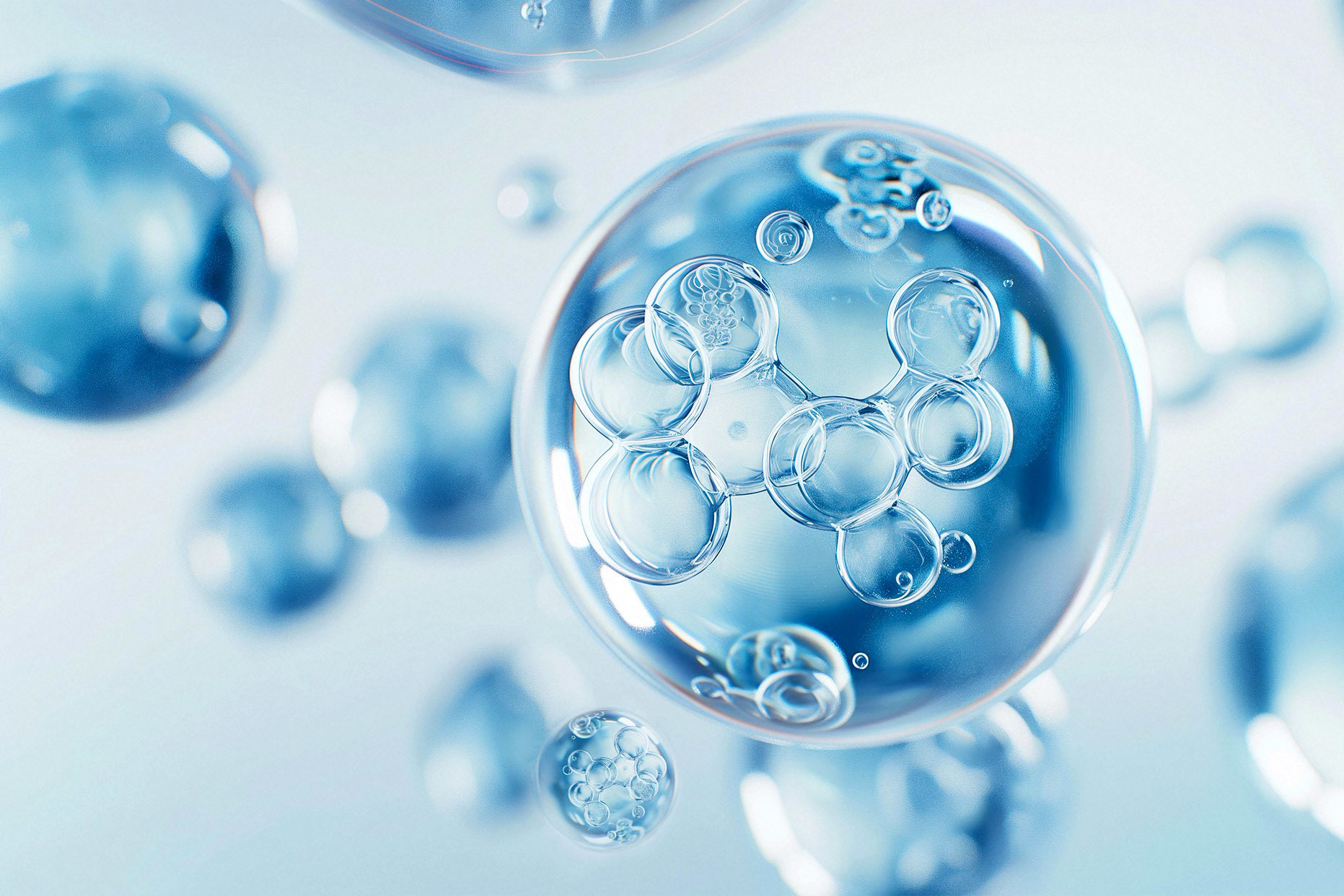The Colorful Chemistry of Phenolphthalein: More Than Just a pH Indicator
Jul 24,2025
What is Phenolphthalein?
Ah, Phenolphthalein! A mouthful, right? But don’t let the name fool you; this compound is a superstar in the chemistry world. It’s primarily known as a pH indicator, changing color based on the acidity or alkalinity of a solution. When you toss it into a basic solution, it turns a delightful pink, while acidic solutions keep it colorless. Talk about a chemistry party!
A Brief History of Phenolphthalein
Let’s rewind the clock a bit. Phenolphthalein was first synthesized way back in 1871 by the German chemist, Johann Heinrich Merck. It was a groundbreaking moment in chemistry, as this compound opened the door to more detailed analyses of pH levels. Over the years, it has been embraced not just in labs, but also in various industries. Who knew a simple compound could have such a colorful history?
How Does It Work?
The magic of Phenolphthalein lies in its chemical structure, which allows it to act as an acid-base indicator. When you add this compound to a solution, it interacts with hydrogen ions. In acidic solutions, there are lots of H+ ions, which keeps Phenolphthalein in its colorless form. But when the solution becomes more basic, the H+ ions decrease, allowing the compound to flaunt its vibrant pink hue. It’s like a chameleon for chemists!
Real-Life Applications
So, where do we see Phenolphthalein in action? Well, you might be surprised! It’s widely used in titrations, a common laboratory technique that helps chemists determine the concentration of a substance in a solution. But wait, there’s more! It’s also used in the production of certain medications, and even in some beauty products. You could say it’s a multi-talented star!
The Health Debate: Is It Safe?
Now, let’s get serious for a moment. While Phenolphthalein is a handy tool in chemistry, its safety has come under scrutiny. Some studies have linked it to health concerns when ingested in large quantities. The FDA has even excluded it from over-the-counter laxatives due to potential carcinogenic effects. So, while it’s fabulous for testing pH, moderation is key!
Fun Facts About Phenolphthalein
- Did you know Phenolphthalein can be synthesized from phthalic anhydride? Talk about chemistry magic!
- In a range of pH, it transitions from colorless at pH 7 to pink at pH 8.2 and above. That’s quite a transformation!
- It’s not just a lab tool; it’s also used in some home remedies and DIY projects. Who knew?
Conclusion
In conclusion, Phenolphthalein is more than just a colorful chemical; it’s a key player in the world of chemistry and beyond. From its fascinating history to its diverse applications, this compound continues to be a topic of interest in both scientific and casual circles. So, the next time you see that vibrant pink hue, you’ll know there’s a lot more to it than meets the eye!
Remember, while Phenolphthalein is a wonder of science, it's essential to handle it with care and respect. Happy experimenting!







